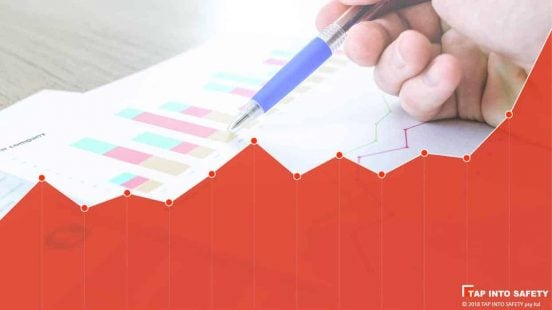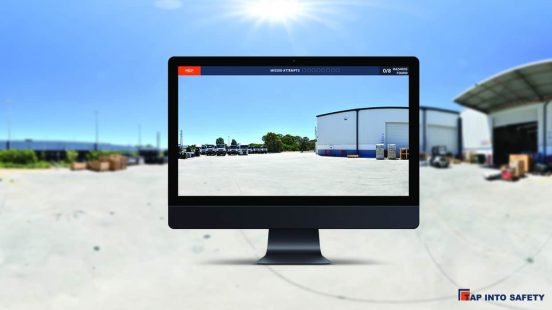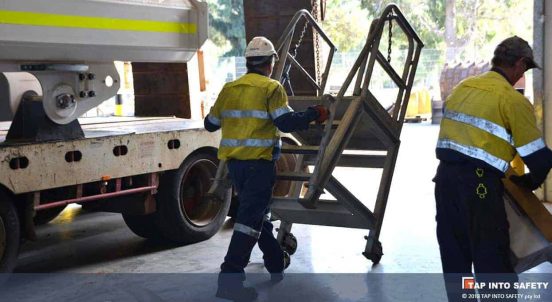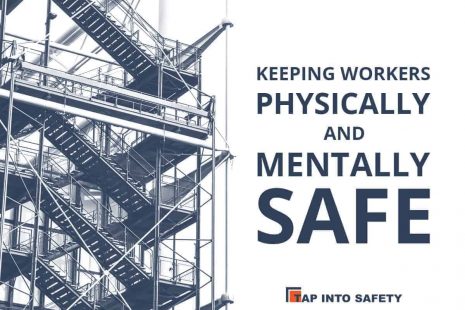
How Critical Are Training Records in Proving Safety Compliance?
Organisations spend time and money training employees to meet safety compliance requirements, but how many keep accurate training records? The
Home » Workplace Safety » Page 16
There are many areas in workplace safety that are important and of interest to our readers. However, there is one standout article that discusses workplace hazard recognition, recalling, reporting and rectifying.
This article reviews an experiment that was designed to assess the capacity to recall, recognise and report workplace hazards. Hazard awareness is fundamental to safety, and employee skills. The ability to recognise, recall and report workplace hazards are critical.
Our workplace safety articles cover topics that look at your safety obligations, management of hazards and risks and the role of new technologies. The articles place these topics into a variety of industry contexts so that you can address workplace safety according to your organisation’s needs and responsibilities.

Organisations spend time and money training employees to meet safety compliance requirements, but how many keep accurate training records? The

Benjamin Franklin famously advised fire-threatened Philadelphians in 1736 that “An ounce of prevention is worth a pound of cure”. Clearly,

Historically, we have only analysed lag indicators to determine safety performance. In doing so, using a root cause analysis methodology,

Business is always looking for better ways to train their employees and safety training is one area that improvement sees

Over several decades there has been considerable effort by organisations to reduce manual handling injuries. The focus has been on

High risk industries such as construction have a clear focus to reduce risk. Currently, most safety inspections on construction sites

Obesity and poor long-term health outcomes are linked. The problem is many countries are seeing an alarming increase in employees

Businesses are spending considerable resources to prevent workplace injuries. Some are turning to technology to promote behavioural improvements, identify risk